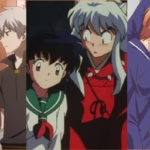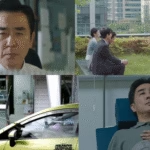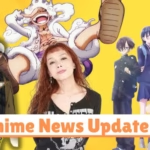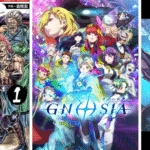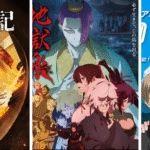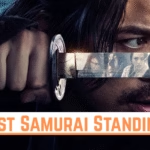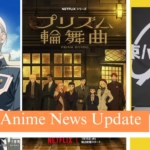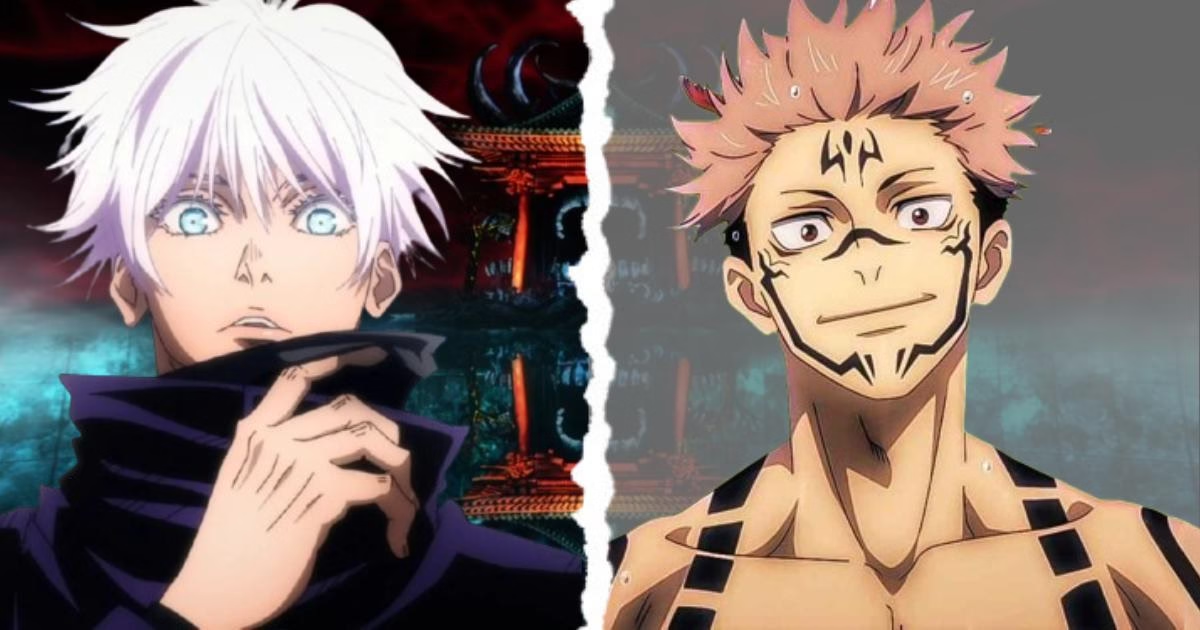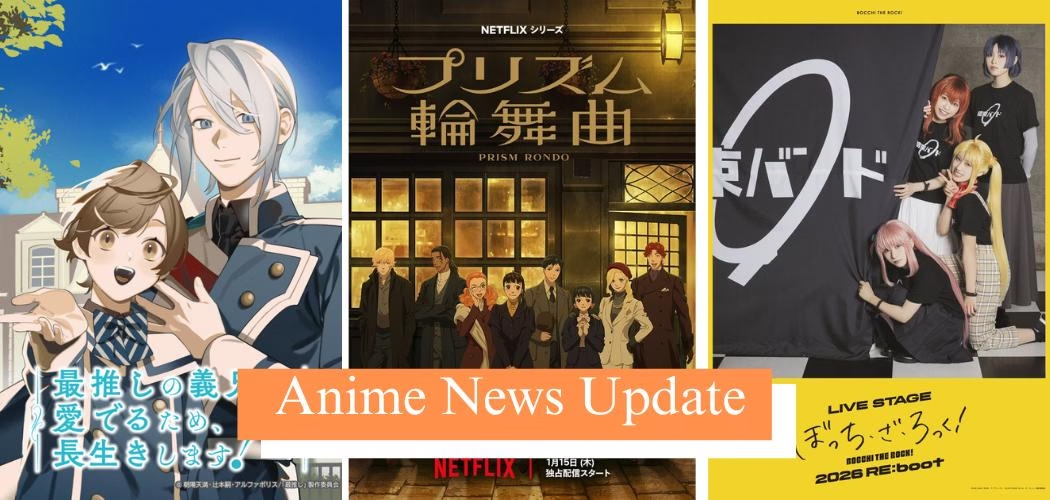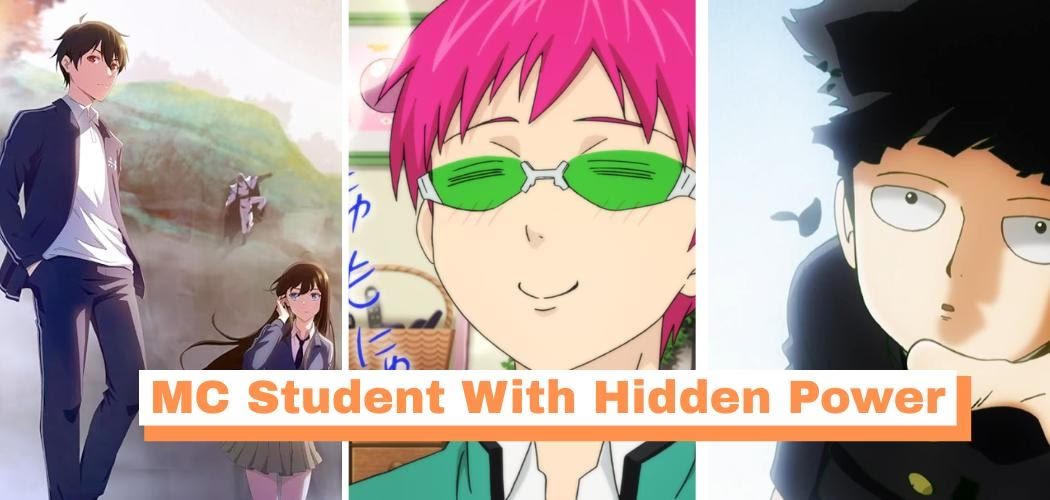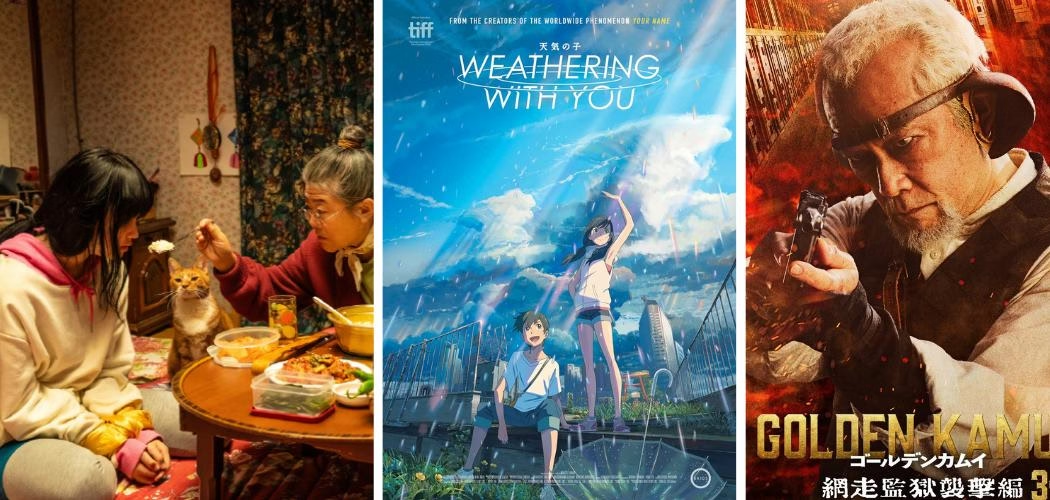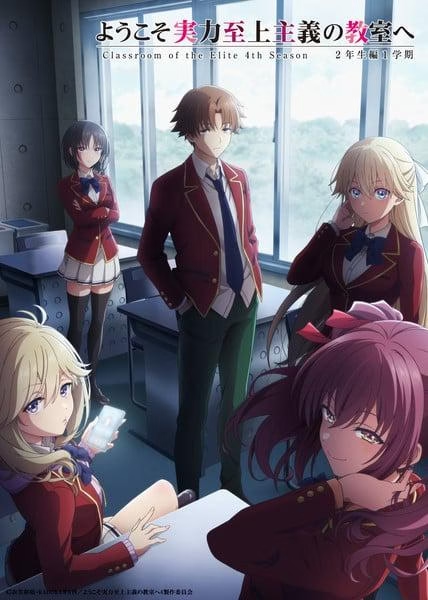Hello! We’ve received many questions about the Jujutsu Kaisen ending was it rushed or was it normal? In this article, we cover all aspects from both sides: the fans’ perspective and the author’s point of view.
Few modern anime and manga series have captured the world the way Jujutsu Kaisen did. From its debut, it was hailed as the “next big shonen” after Naruto, Bleach, and One Piece. With its dark tone, fast-paced battles, and charismatic cast, it quickly became a global sensation. But when the manga concluded, fans were left with a lingering question: did Jujutsu Kaisen end too early?
Spoiler Alert: If you’re only watching the anime, avoid reading this article to prevent spoilers about the Jujutsu Kaisen ending.
The short answer is yes—at least in the eyes of many readers. The long answer is more complicated, tied not only to narrative choices but also to the realities of modern manga publishing and the toll it takes on creators.
Let’s take a closer look at what went wrong and why I personally believe the Jujutsu Kaisen ending came way too early.
Why Fans Felt that Jujutsu Kaisen Ending Was “Rushed”
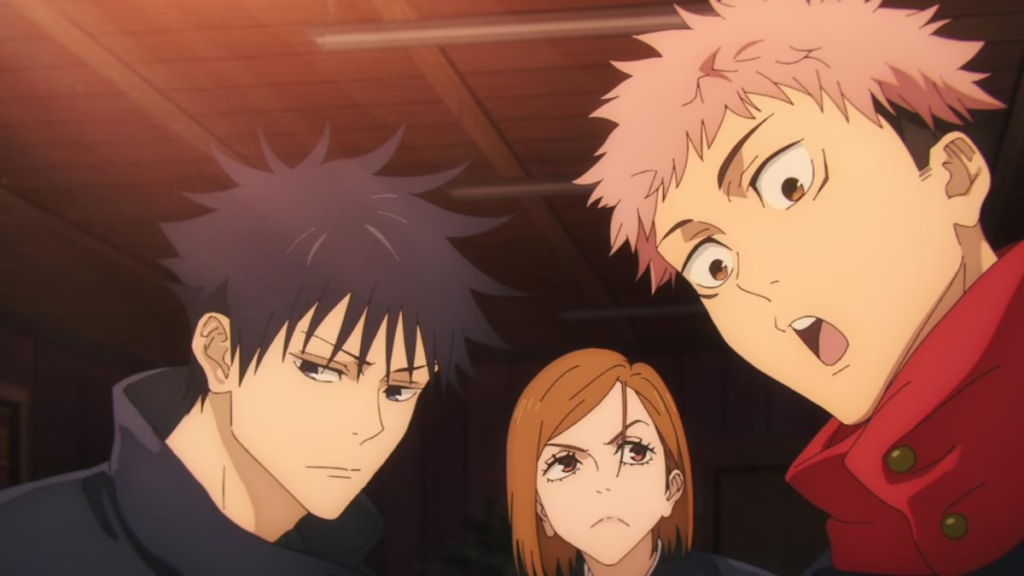
The most common criticism about Jujutsu Kaisen’s ending was that it felt rushed. The final battle, known as the “Shinjuku Showdown,” stretched for over 40 chapters. At first, readers were excited, expecting a truly epic confrontation. But as the fight dragged on, some began to feel it was overly elongated and even stale.
And then, when the dust finally settled, the story concluded with startling swiftness. Instead of carefully tying up loose ends, the manga seemed to cut off abruptly. Key plot points were left unresolved, making fans feel like they had been pushed toward the exit rather than given a satisfying farewell.
The Missing Pieces: Characters and Powers
Two major complaints stand out when analyzing the finale:
- Sukuna’s Backstory: Sukuna, the King of Curses and the central antagonist, never received a full exploration of his past. For a character built up as one of the most terrifying villains in modern shonen, the lack of proper background left him feeling incomplete. Fans wanted to know what truly shaped Sukuna, but the manga never fully delivered.
- Yuji Itadori’s Domain Expansion: In shonen manga, a protagonist’s ultimate ability often serves as a symbol of their growth. Naruto had his Sage Mode, Ichigo had his Bankai, and Luffy developed Gear 5. Yuji, however, never had his Domain Expansion explained or even named. It’s a strange omission that many see as proof the story wrapped up too soon.
In addition, many beloved side characters were sidelined during the final arc, further fueling the sense of disappointment.
Declining Artwork and Creator Struggles
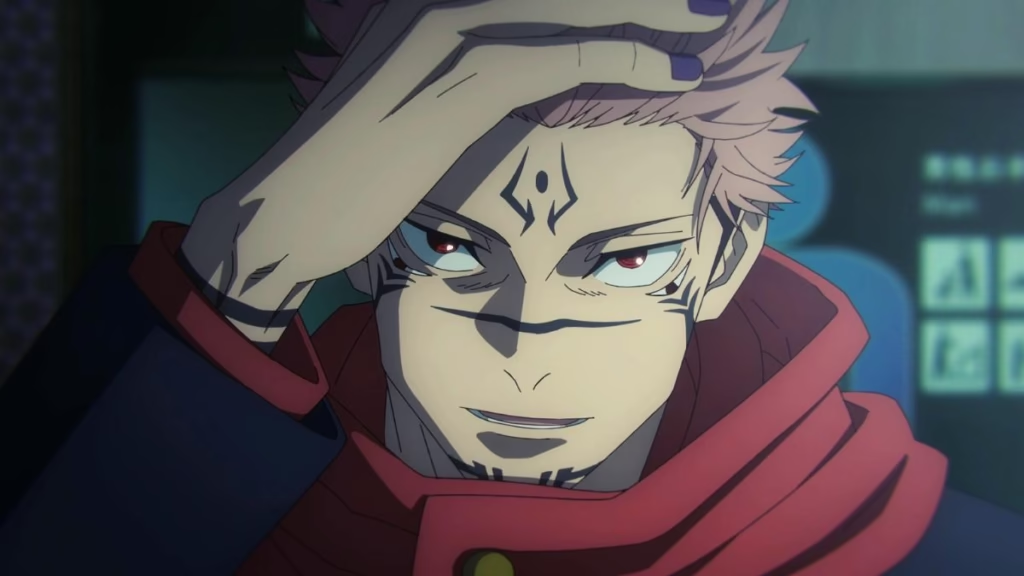
Another major talking point was the declining quality of artwork in the later chapters. What once stood out as highly detailed and dynamic panels became increasingly rough and incomplete. Some chapters even appeared as sketches rather than polished art.
This wasn’t because the author, Gege Akutami, had suddenly lost skill. Instead, it was the direct result of the brutal weekly serialization schedule. Reports of Akutami’s declining health circulated widely, and fans began to connect the dots: the rushed narrative and rough art were symptoms of a creator being pushed to their limits.
Jujutsu Kaisen as a Case Study in Modern Shonen Manga
The “big reason” this ending matters isn’t just about one story ending too fast. It’s about what Jujutsu Kaisen represents in a broader sense: the new reality of shonen manga.
Unlike series of the past that ran for decades, today’s manga face different pressures. Authors must produce at breakneck speed, often with little rest, while also carrying the weight of global fan expectations. Jujutsu Kaisen was not ended early due to low popularity—it remained one of Shonen Jump’s biggest titles. Instead, it ended because the physical and mental toll on Akutami was simply too high.
Other Manga with Similar Struggles
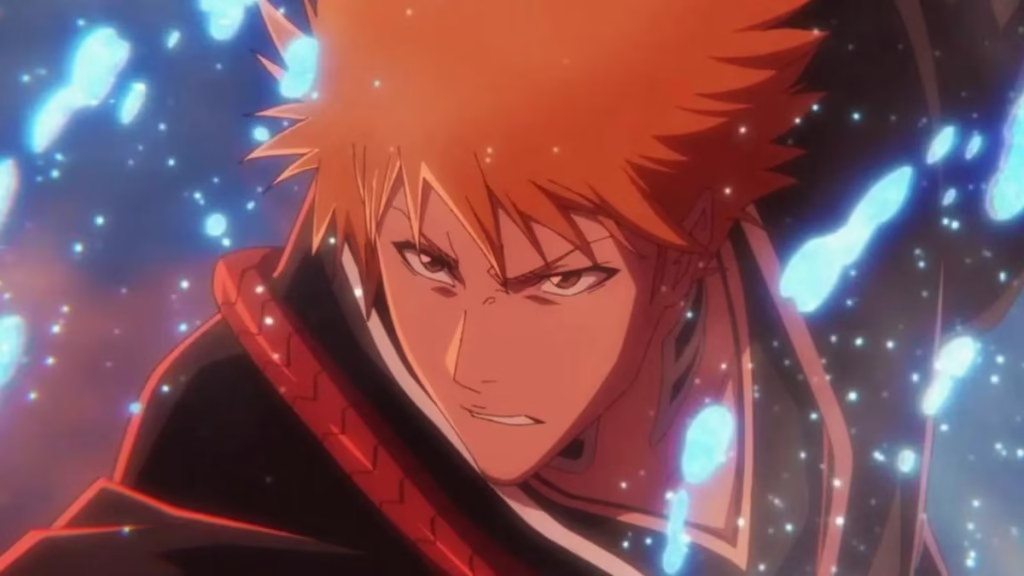
Jujutsu Kaisen isn’t the first popular shonen to end abruptly due to creator health:
- Bleach: Tite Kubo had to rush the ending after suffering a torn shoulder tendon, leaving fans frustrated with unresolved storylines.
- My Hero Academia: Kohei Horikoshi has openly struggled with health issues, at times only managing 9–10 pages per week instead of the usual 18–20.
- One Piece: Even Eiichiro Oda, the most legendary of long-running manga creators, has battled health problems, including high blood pressure, while carrying a weekly schedule for more than two decades.
These cases highlight that the system itself—not just individual authors—is the root of the problem.
Comparing Jujutsu Kaisen to Classic Shonen
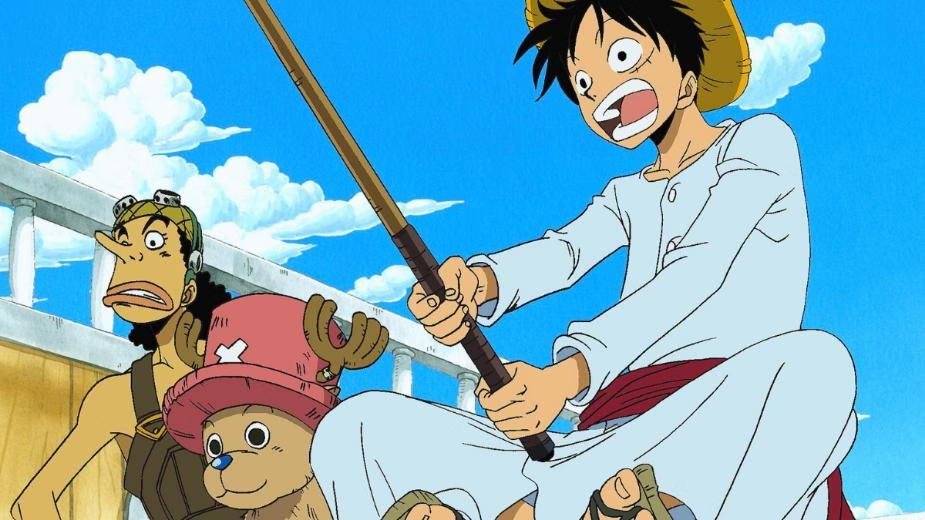
When you compare Jujutsu Kaisen to older series, the shift becomes obvious:
- Naruto ran for 15 years and provided a conclusive ending, even if not perfect.
- One Piece is still ongoing after more than 27 years, a true outlier in terms of longevity.
- Jujutsu Kaisen ended after less than a decade, despite its immense popularity.
This difference suggests a new trend: modern series may not run for decades. Instead, they might deliver their core story in a shorter span, prioritizing the creator’s health over endless serialization.
Alternative Models for Endings
Other recent series show that there are multiple ways to conclude a story in today’s manga world:
- Attack on Titan: The manga’s ending was controversial, but the debate centered around creative choices, not rushed pacing. Interestingly, many fans felt the anime adaptation later “fixed” the issues, showing how multimedia expansion can soften backlash.
- My Hero Academia: Rather than dragging on, Horikoshi concluded the central narrative but kept the franchise alive through one-shots, spin-offs, and movies. This model allows rest for the creator while still keeping fans engaged.
These examples suggest that shonen endings no longer need to be endless marathons. They can wrap up faster while still allowing the franchise to expand in other formats.
The End of the Multi-Decade Era
The ultimate takeaway is that the era of the multi-decade shonen giant is ending. Manga like Naruto, Bleach, and One Piece belonged to a time when authors pushed themselves for decades with little pause. Today, the costs of that lifestyle are more visible, and fans are more sympathetic to the toll it takes.
Jujutsu Kaisen’s conclusion, while painful for many, reflects a new priority: the well-being of the creator. Gege Akutami chose to wrap up the story on his own terms rather than risk his health further. In a way, this decision carries a powerful message—that even in an industry built on hype and popularity, human limits must come first.
My Opinion
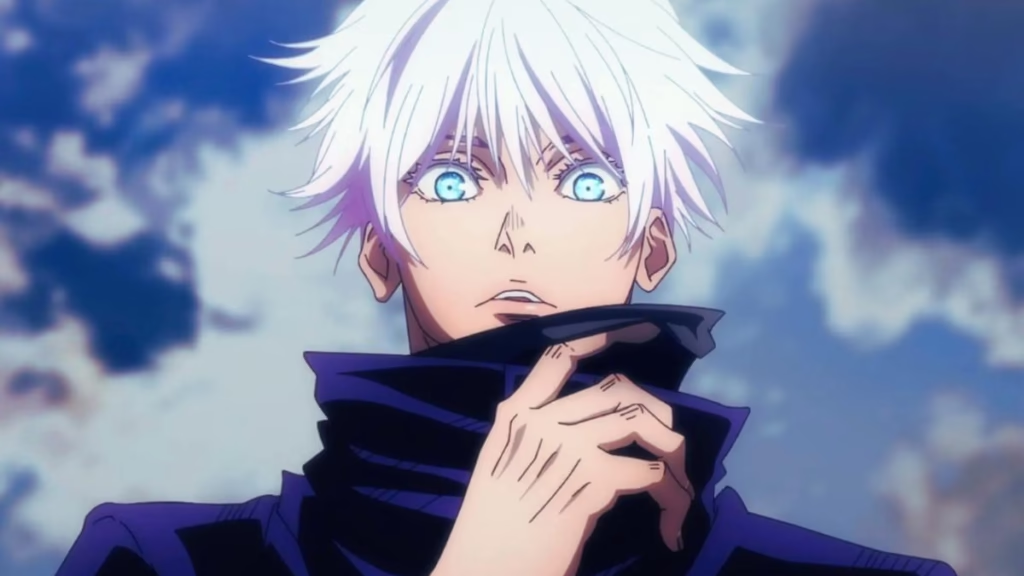
I personally think that not just the ending, but throughout the whole anime, many aspects were never fully shown to us. If those elements had been explored, Jujutsu Kaisen could have had the potential to become part of the new Big Three of anime.
One of the main aspects missing was the clans. In both the anime and manga, we only got to see a handful of members from each clan. If the author had introduced more clan members and developed their roles, the story could have become far richer and more engaging.
Another missing point was the lack of students at Jujutsu Sorcerer School. In the Shibuya arc, we saw many sorcerers appear, but we were never introduced to most of them or given their backstories. This left the world feeling a little underdeveloped.
Important mysteries were also left unanswered. We never learned how Gojo’s Six Eyes became so powerful, who Itadori’s mother was or how she died, or how Kenjaku managed to live for so long. The Inumaki clan was shown to have great potential, but aside from Toge Inumaki, no other members were revealed. We also never found out who the other big clan leaders were or why they were absent from the manga and anime.
Another big question is why only Japan seemed to have sorcerers. The series never showed us sorcerers from other countries, which could have expanded the world-building and added even more depth. If just these parts had been included, the manga and anime could have reached another level.
But at the same time, we have to think about the author’s perspective. As fans, we can only imagine how much better the story could have been, but Gege Akutami is the one who created it and knows it best. In the end, while I am frustrated with how fast the manga ended, I also respect the author’s decision—because no one understands Jujutsu Kaisen better than the person who wrote it.
Final Thoughts
So, did Jujutsu Kaisen end early? Technically, yes. The story left loose ends, characters were sidelined, and Yuji never received the development many expected. But at the same time, the ending wasn’t “early” in the sense of being forced by the publisher—it was the author’s choice, shaped by the realities of modern manga production.
Rather than viewing it as a failure, it may be better to see it as a turning point. Jujutsu Kaisen stands as a reminder that no story, no matter how popular, is worth the total exhaustion of its creator. The series may not have ended with the neat bow fans wanted, but it did leave behind something else: a case study in how the manga industry must evolve.
The era of endless shonen epics may be behind us. What lies ahead are shorter, sharper stories that protect their creators while still capturing the imagination of fans around the world. And in that sense, Jujutsu Kaisen didn’t just end—it marked the beginning of a new chapter for manga itself.
Do you believe Jujutsu Kaisen could have become part of the new-gen Big Three if it had continued longer? Comment Us.
- Must Watch This If You’re in Your 20s or 30s: “The Dream Life of Mr. Kim” K-Drama Review
- Anime News Update #5: One Piece Joy Boy Casting, New Godzilla Anime, Slime Side Story, Golden Kamuy Final Arc & More Big Reveals
- Anime news Update #4: New WEBTOON Series, Godzilla Anime Reveal, Fist of the North Star Video & More
- Anime news Update #3: Biggest Anime Announcements & New Reveals of the Week
- Why This New Series Deserves the Title ‘Best Japanese Drama 2025’, Action-Packed, Flawless & Must-Watch

